Fatigue analysis of woven composites
Woven composites are an important class of materials due to their unique properties and versatility. One of the most important aspects of woven composites is their anisotropic behavior. The orientation and arrangement of the fibers in the material can significantly affect its mechanical properties, such as stiffness and strength. This means the material can be tailored to meet specific design requirements and optimize its performance for different applications. Woven composite fatigue is fully discussed in this training course.
Woven composites also offer good fatigue resistance, meaning they can withstand cyclic loading without experiencing damage. This is an important characteristic for many applications, such as aircraft structures, where the material is subjected to repetitive loading during operation.
The advantages of simulation fatigue analysis for woven composites include cost-effectiveness, the ability to study different loading conditions and environments, a deeper understanding of fatigue mechanisms, and the ability to evaluate the effect of different design parameters. These advantages make simulation an important tool for designing and optimizing structures made from woven composites.
This training package focuses on the simulation of woven composite fatigue in Abaqus. The modified Hashin fatigue damage model, which is based on the article titled “Life prediction of woven CFRP structure subject to static and fatigue loading,” is used in this package. The package includes the following four lessons:
Lesson 1: Groups of composite fatigue models
Lesson 1 covers the introduction of different composite fatigue models. These include fatigue life, phenomenological, and progressive damage models. The fatigue life model predicts the number of cycles a material can withstand before failure, while the phenomenological model considers the microstructure of the material and the interactions between components. The progressive damage model is more advanced and predicts the accumulation of damage over time. These models help optimize composite structure design, improve durability, and ensure safe and reliable operation.
Overall, the different composite fatigue models discussed in Lesson 1 provide a range of tools for predicting the fatigue behavior of composite materials. These models can be used to optimize the design of composite structures, improve their durability, and ensure their safe and reliable operation.
Lesson 2: Material characterization
Lesson 2 focuses on material characterization, including static and fatigue testing. Tensile and shear static stress-strain tests are discussed, which provide information on the material’s strength, stiffness, and ductility. Tensile and shear fatigue tests are also covered, which simulate the cyclic loading that materials experience during operation.
The stages of fatigue life are explained, including crack initiation, propagation, and final failure. By understanding these stages, engineers can develop strategies to prevent failure and extend the life of the material. Material characterization is an important aspect of composite design and analysis. By characterizing the material properties and behavior, engineers can accurately predict the performance of composite structures and ensure their safe and reliable operation.
Lesson 3: Generalization of the failure model
Lesson 3 covers the generalization of failure models for composite materials. The modified Hashin fatigue damage model and the maximum stress fatigue damage model are two different approaches to predicting the fatigue behavior of composite materials.
These formulations shown in this table can be used to predict the failure of composite materials under different loading conditions.
- Fiber tension
2. Fiber compression
3. Fiber tension
4. Fiber compression
So How does the modified Hashin fatigue damage model differ from the maximum stress fatigue damage model?
The maximum stress fatigue damage model predicts failure based on the maximum stress in the material. This model assumes that failure occurs when the maximum stress exceeds the material’s ultimate strength. This model is relatively simple and easy to implement, but it does not consider the complex microstructure of composite materials.
In contrast, the modified Hashin fatigue damage model is more complex than the maximum stress fatigue damage model, but it provides a more accurate prediction of the fatigue behavior of composite materials. By considering the microstructure of the material and the different damage mechanisms that occur, this model can provide a more detailed understanding of the fatigue behavior of composite materials, which can be used to optimize the design of composite structures and improve their durability.
In the final section of lesson 3, the UMAT subroutine is validated using a reputable reference material to ensure the accuracy and reliability of the subroutine. Validating the subroutine is an essential step in the fatigue analysis process as it ensures that the subroutine can provide accurate predictions of the material behavior under cyclic loading.
Lesson 4: Simulation of woven composite fatigue with UMAT subroutine
The final lesson focuses on the simulation of woven composite fatigue with the UMAT subroutine. The flowchart of the UMAT subroutine is explained, and the process of writing the UMAT subroutine line by line is demonstrated. The validation of the UMAT subroutine with reference for one element and complex models is also covered.
This training package focuses on using the modified Hashin fatigue damage model to simulate the fatigue behavior of woven composite materials in Abaqus.
This training package includes two workshops that focus on implementing the UMAT subroutine for composite material fatigue in Abaqus.
These workshops provide hands-on experience in implementing the UMAT subroutine for composite material fatigue in Abaqus. They are designed to help users gain practical skills in using the UMAT subroutine for their modeling projects. The following topics are covered:
Workshop-1: Fatigue analysis on a single element
Workshop-1 is designed to provide practical experience in implementing the UMAT subroutine for composite material fatigue in the Abaqus software. The workshop focuses on implementing the UMAT subroutine on a single element under cyclic tension loading.
During the workshop, users will learn how to set up the model for the UMAT subroutine implementation, which involves defining the appropriate settings and assigning the subroutine to the model. Users will also learn about the different modules that play a fundamental role in this analysis. For example, the Property module, where all state variables and props are defined, will be covered in detail. This module is essential for defining the material properties and their behavior under different loading conditions.
They will also learn how to view the modeling results for the outputs defined in the subroutine using the visualization tools in Abaqus. This will allow users to see how the model behaves under different loading conditions and understand the impact of the fatigue behavior on the material’s performance.
By completing Workshop-1, users will develop the skills and knowledge required to implement the UMAT subroutine for composite material fatigue in Abaqus.
Workshop-2: Fatigue analysis on a complex model
Workshop-2 focuses on implementing the UMAT subroutine on a complex model with holes and varying mesh density. This workshop is designed to provide users with practical experience in setting up complex models and implementing the UMAT subroutine for composite material fatigue analysis.
One important aspect of Workshop-2 is that the presence of holes in the model changes the stress concentration compared to a one-element model. Stress concentration is not only localized at the holes but also affects the surrounding areas, leading to changes in the results. Therefore, it is important for users to understand the impact of holes on the stress concentration and modify the mesh density accordingly to ensure accurate results.
The complex model used in Workshop-2 is challenging to mesh due to its complex geometry. Therefore, during the workshop, users will also learn how to modify the mesh to ensure an accurate and efficient analysis. They will also learn about the different material properties and how to define them in the Property module.
Moreover, the presence of holes in the model can also affect the fatigue behavior of the composite material. The holes can act as stress concentrators and lead to the initiation and propagation of cracks, causing a reduction in the fatigue life of the structure. Therefore, understanding the impact of holes on the fatigue behavior of the composite material is crucial for accurate fatigue analysis and design. Overall, Workshop-2 is an advanced workshop that builds on the skills learned in Workshop-1.
If you are working on Abaqus composite damage and need some resources about composite FEM simulation, click on the Abaqus composite analysis page to get more than 20 hours of video training packages of composite materials simulation.
Read More: All about fatigue composite
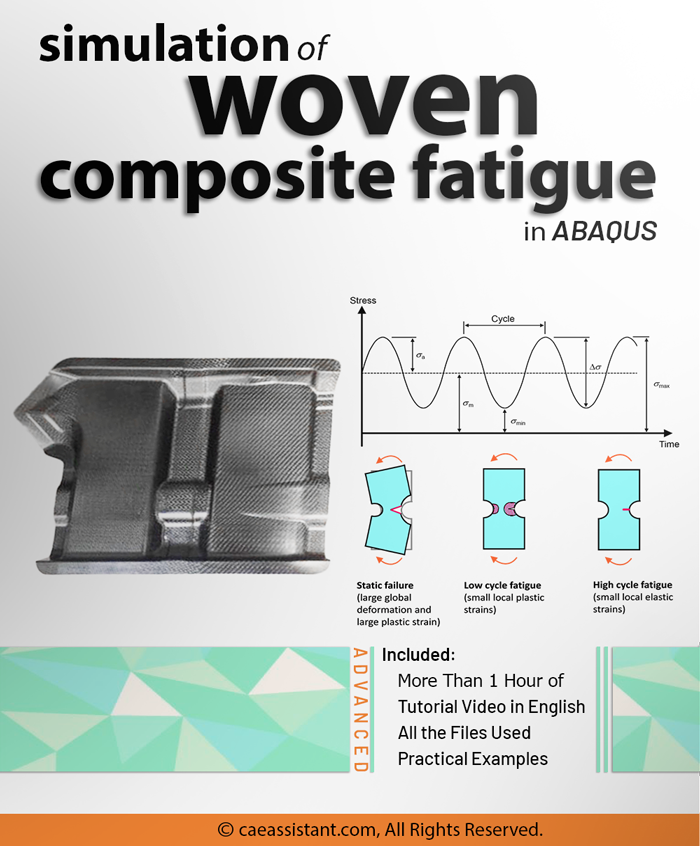
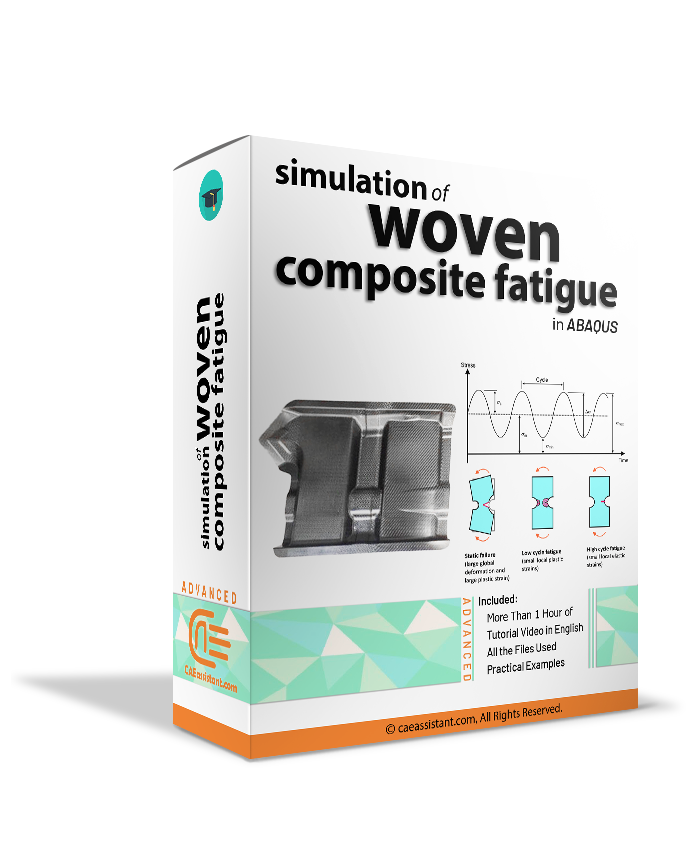
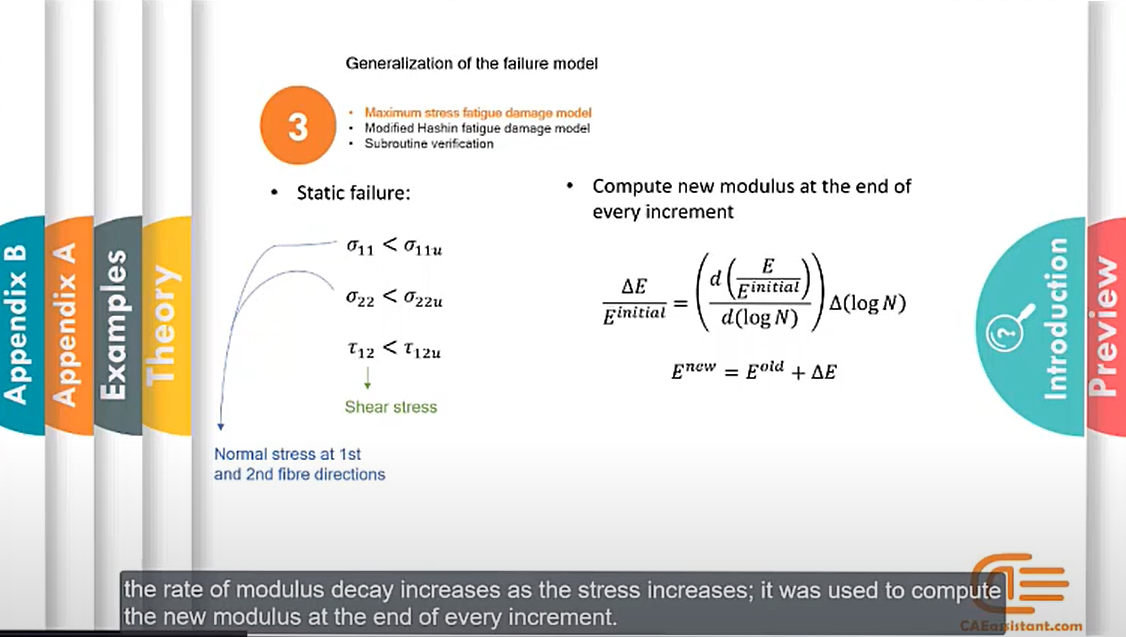
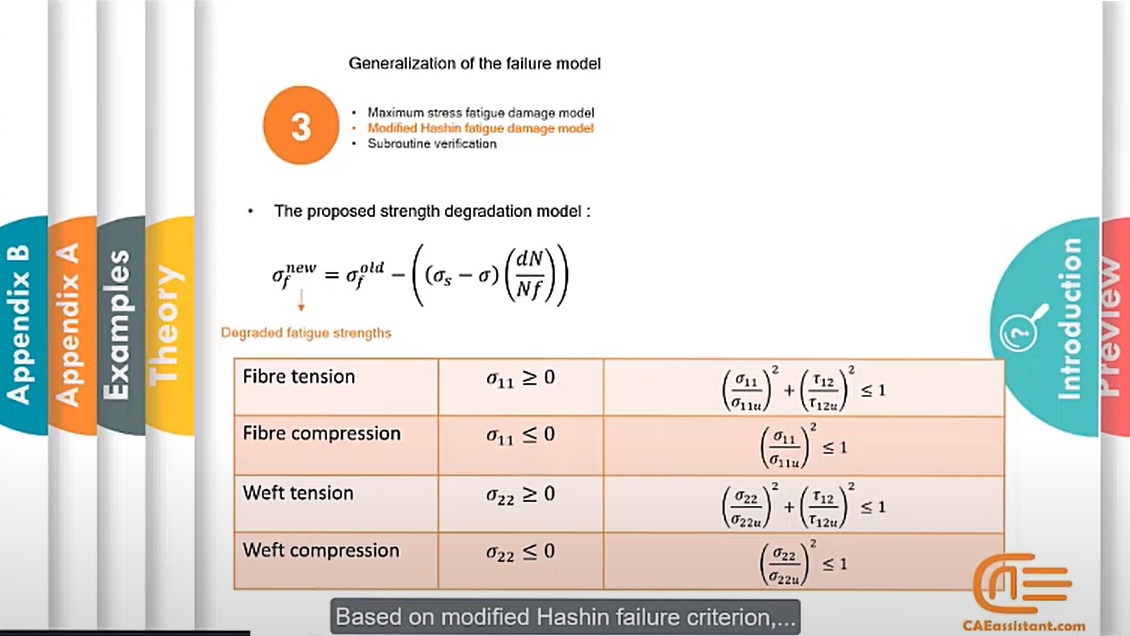
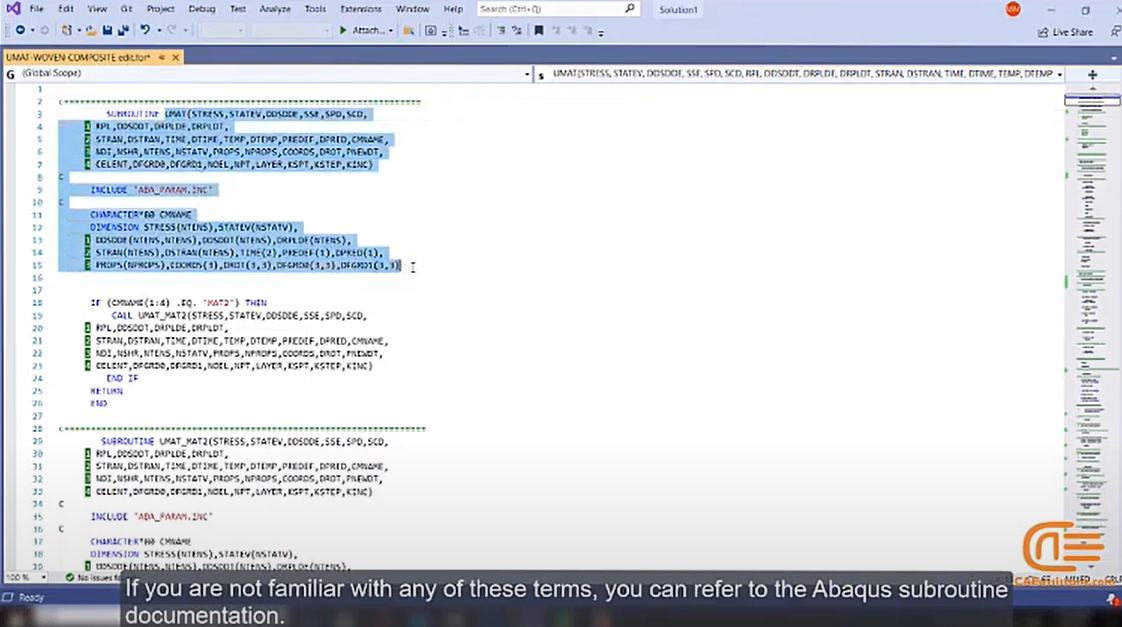
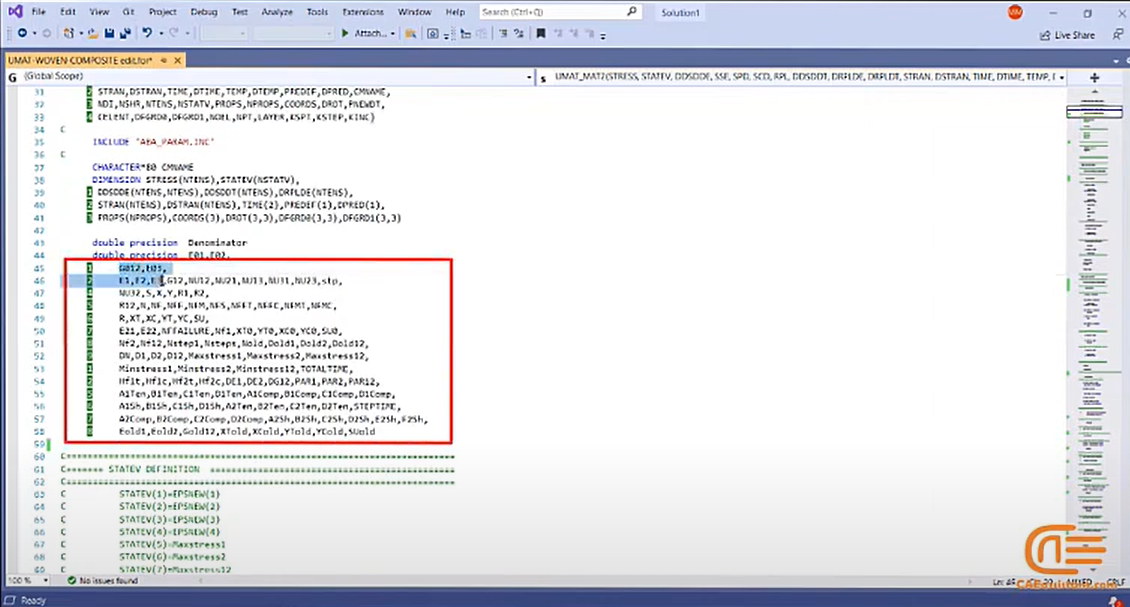
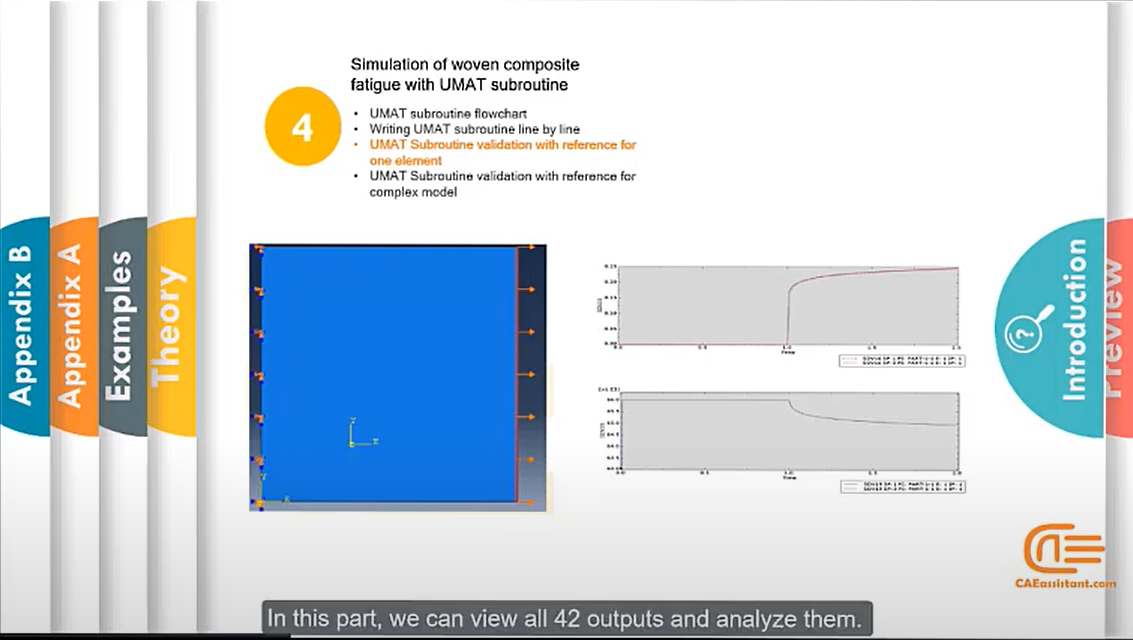
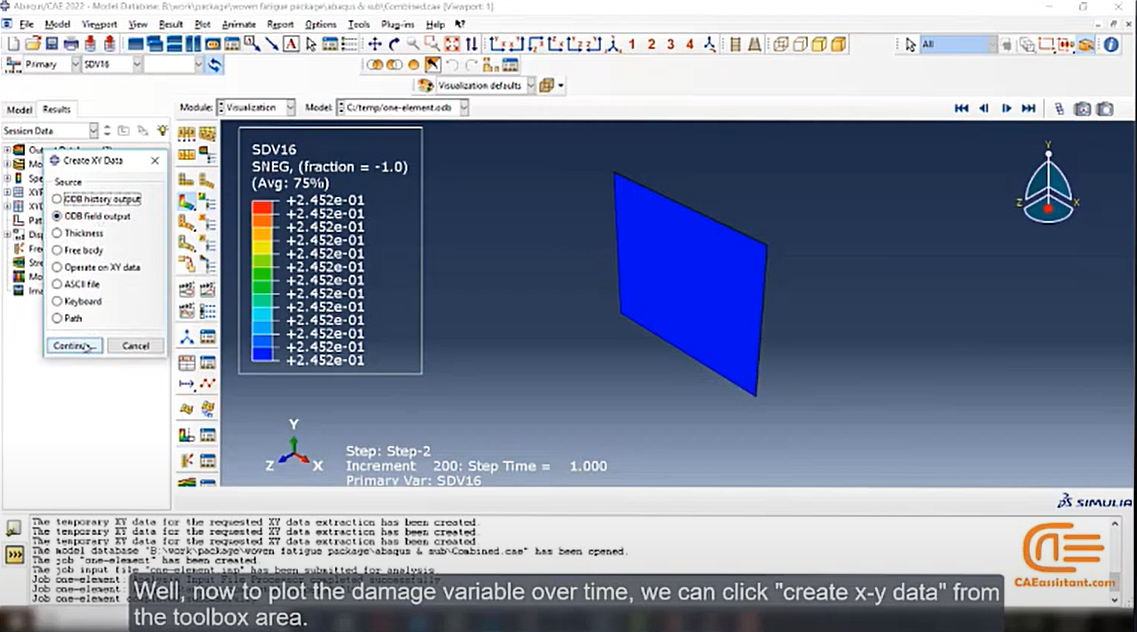
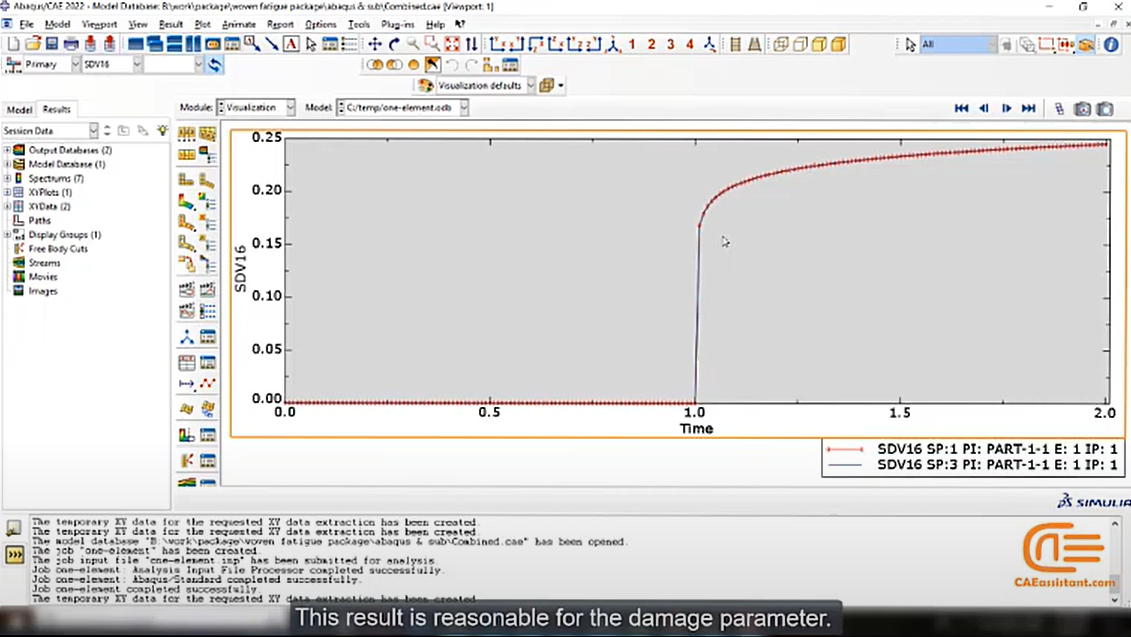
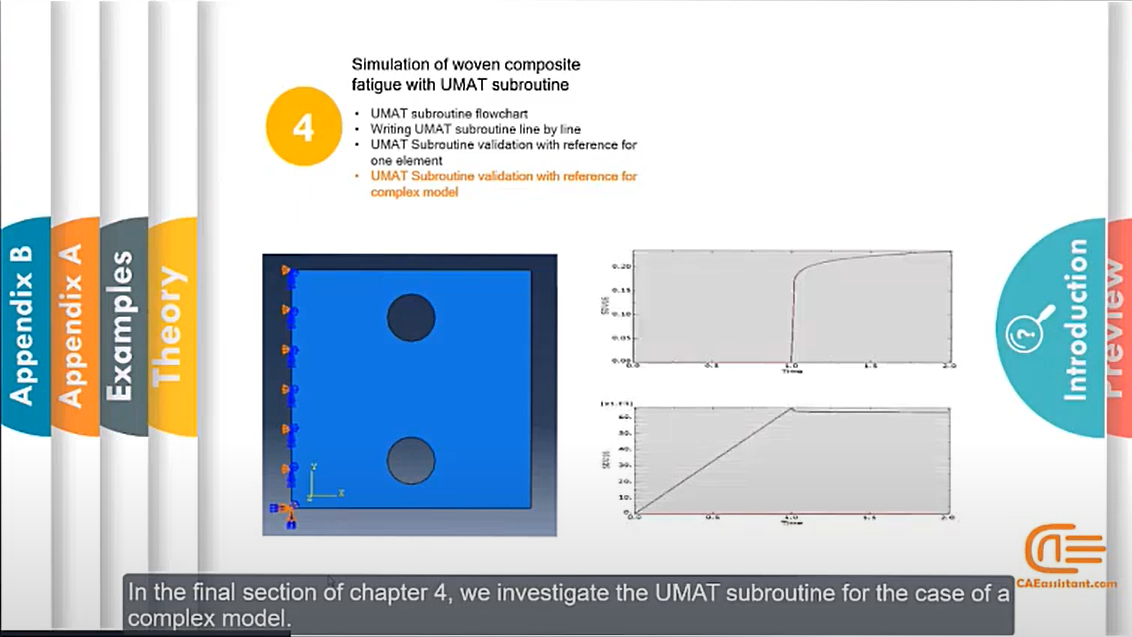
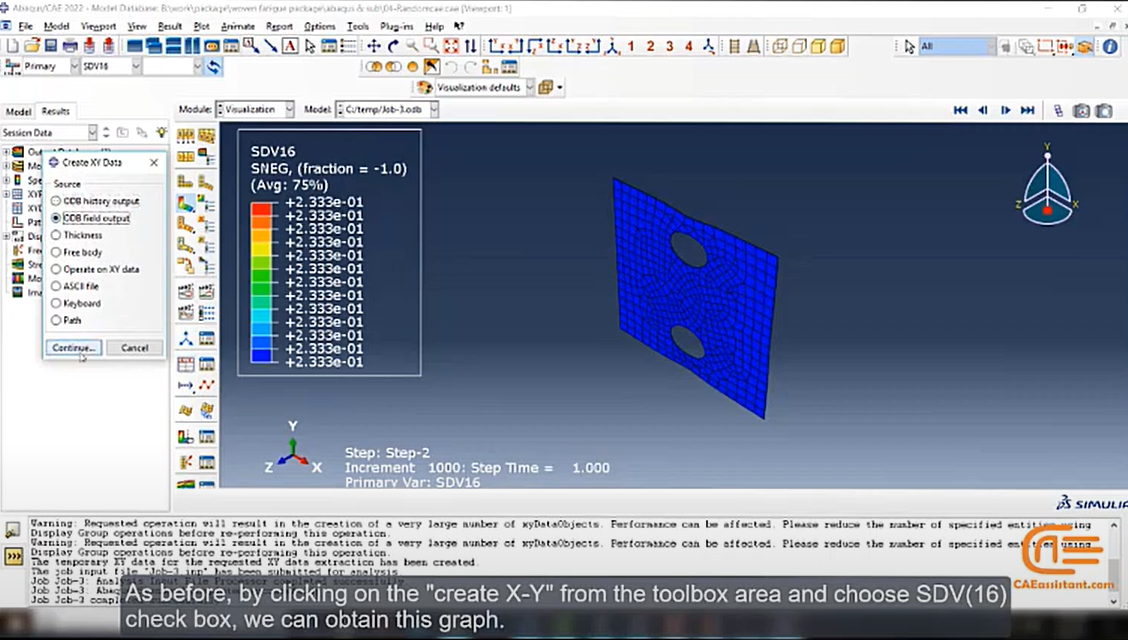
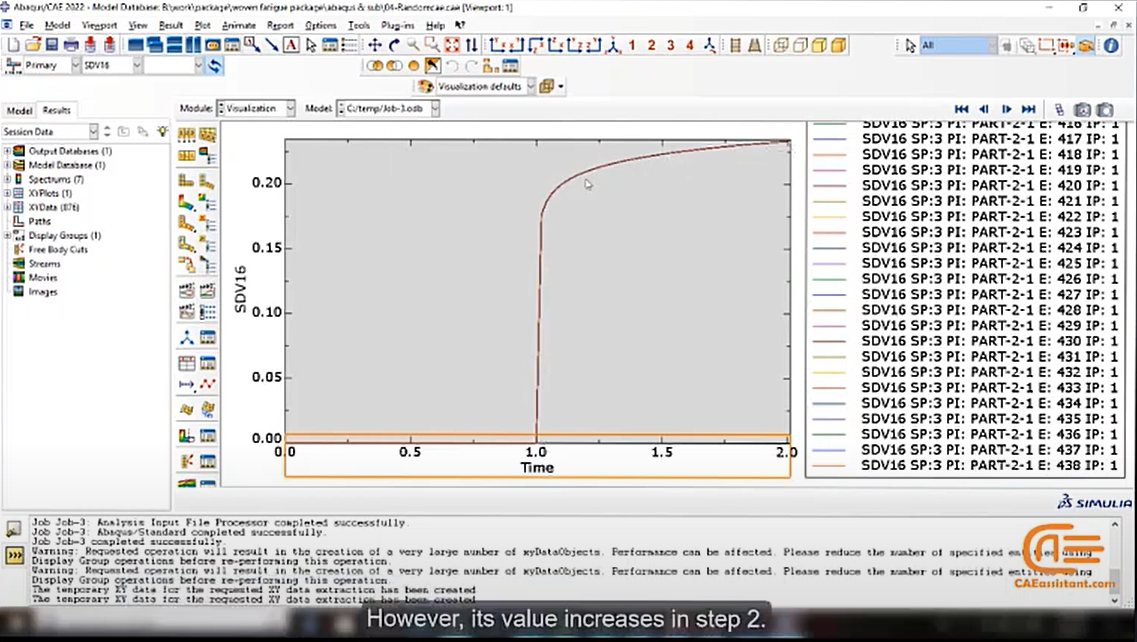
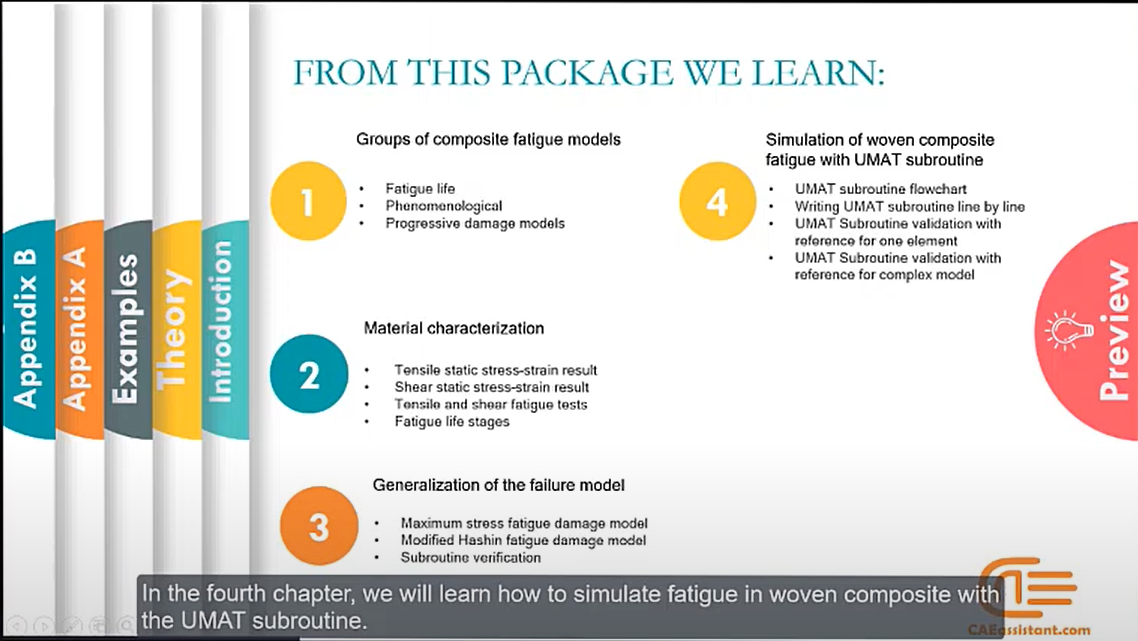
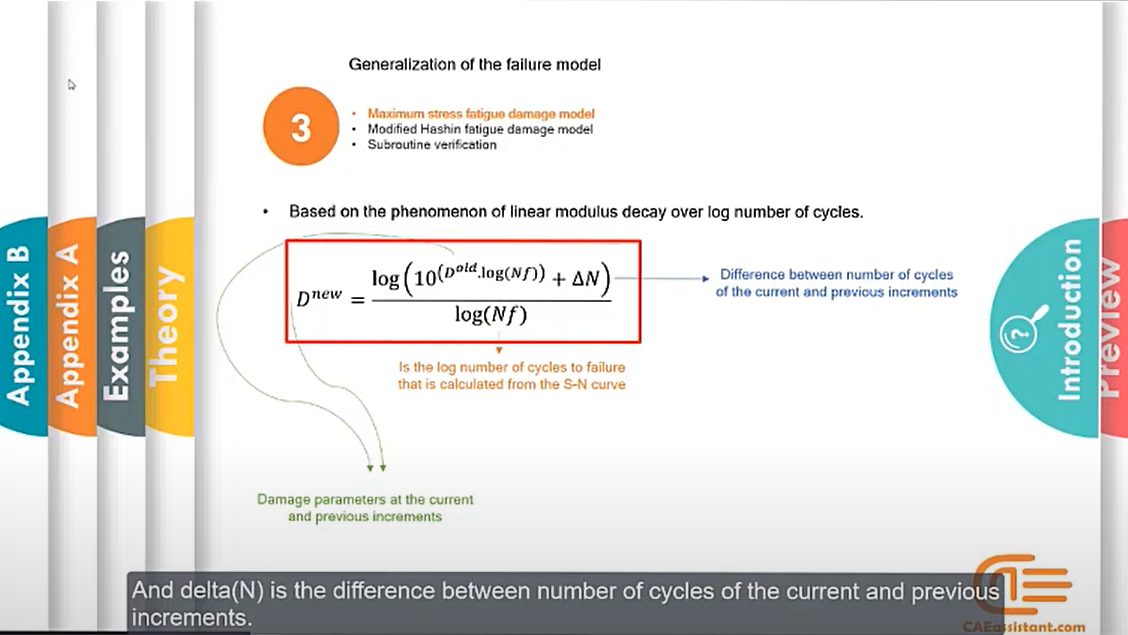
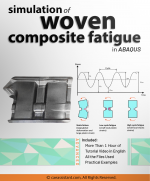
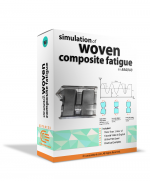













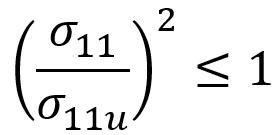

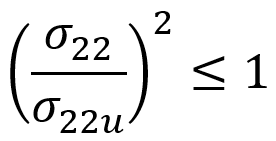
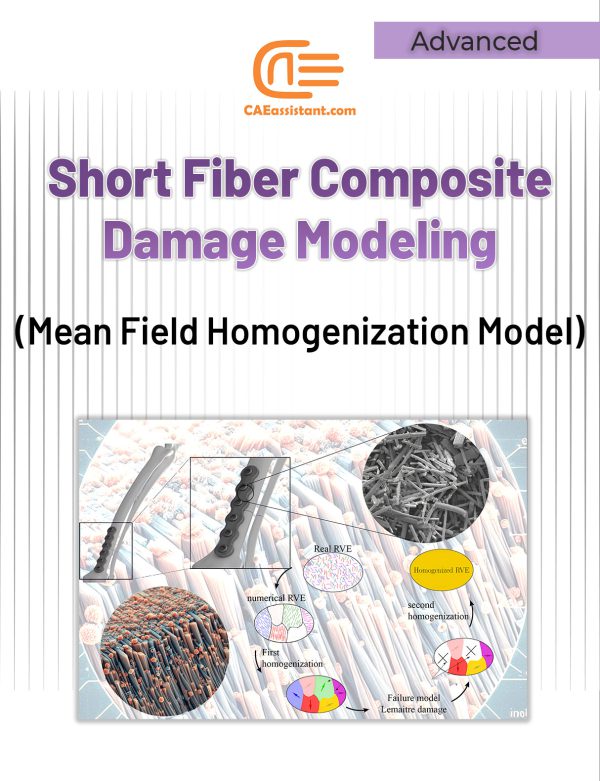
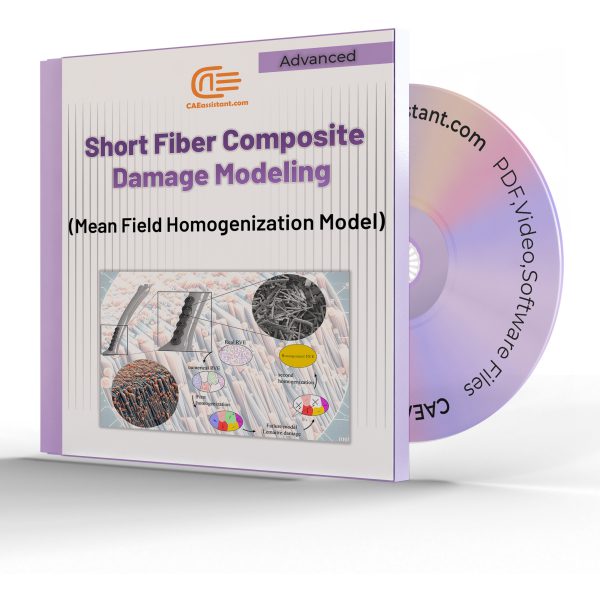
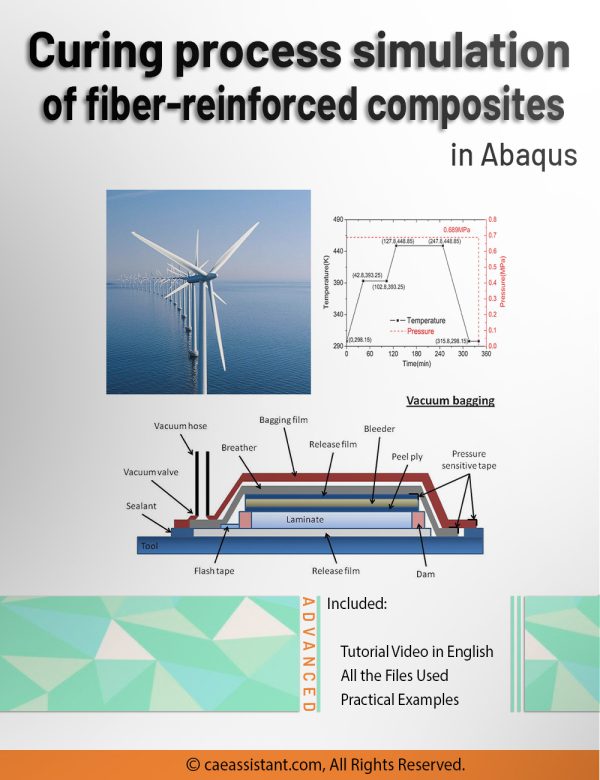
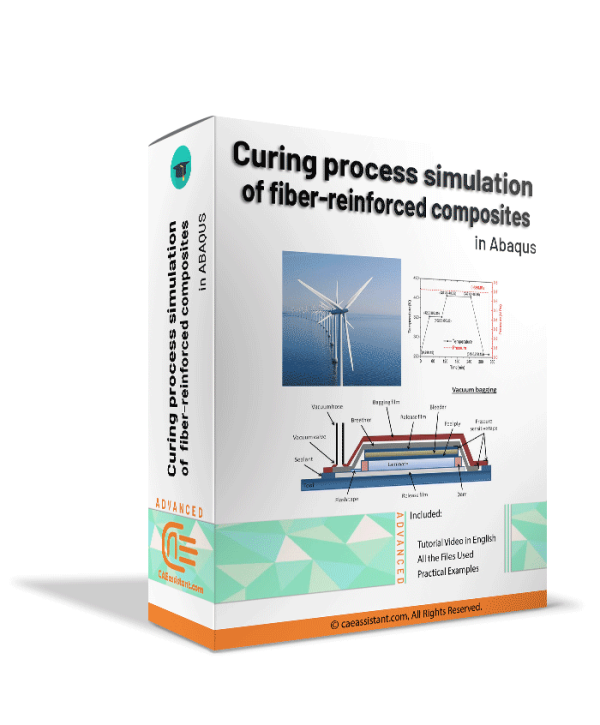
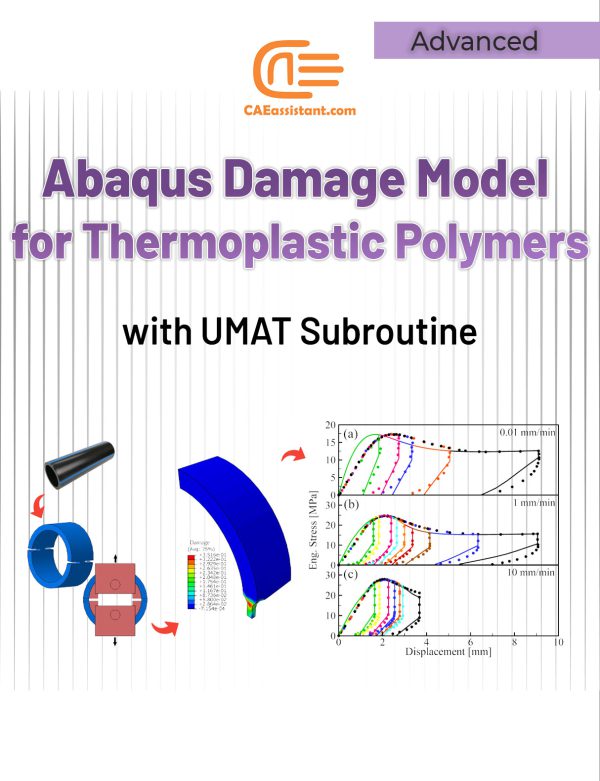
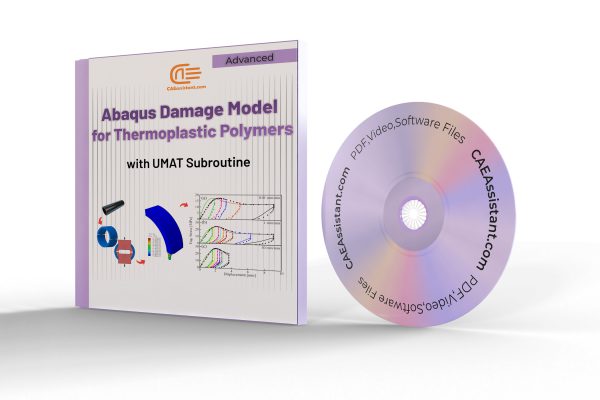
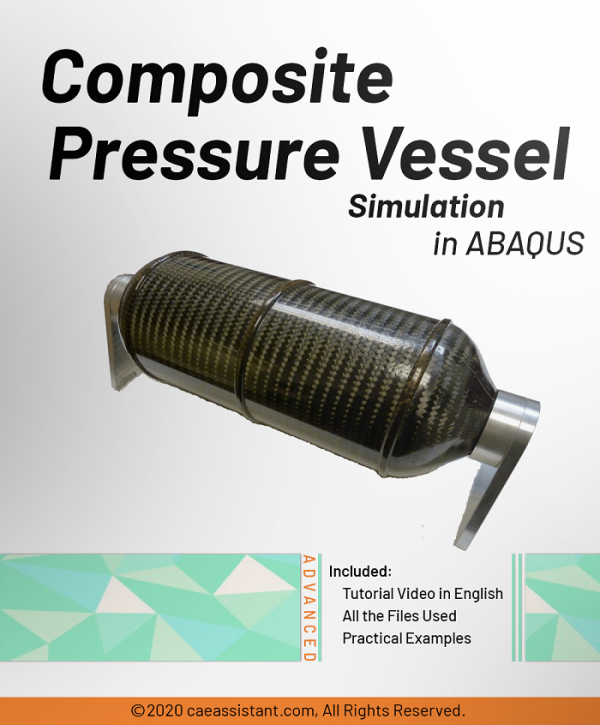
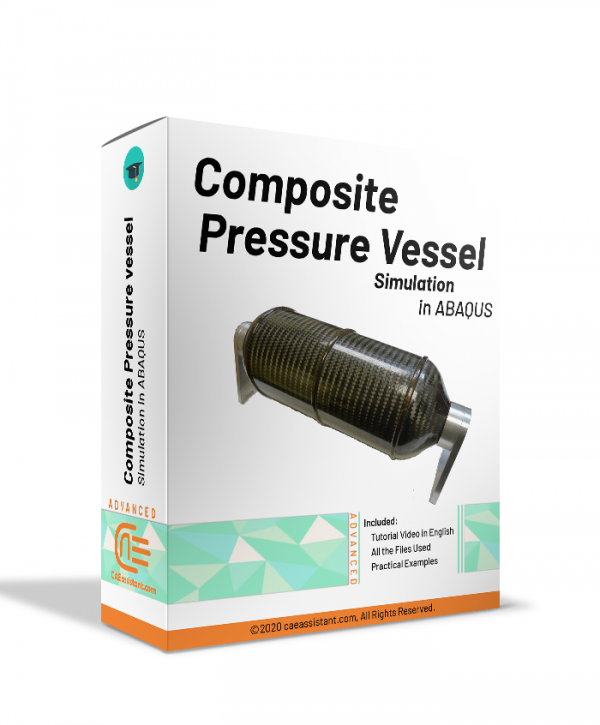
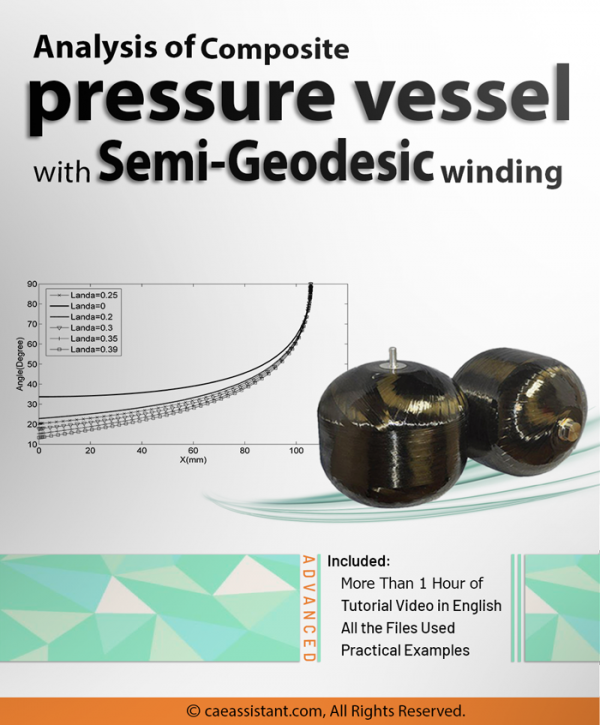
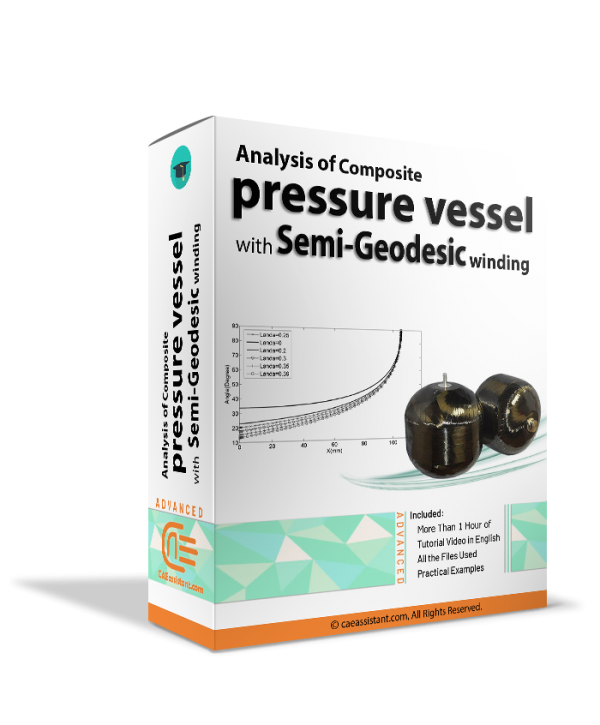
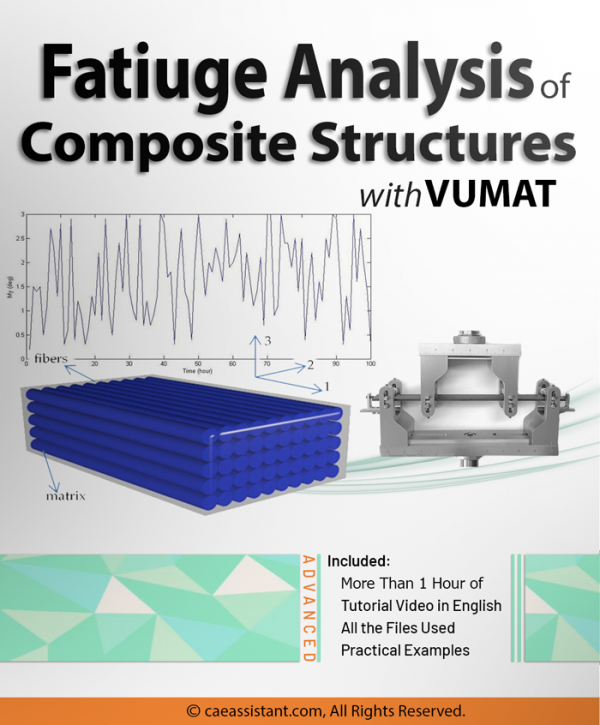
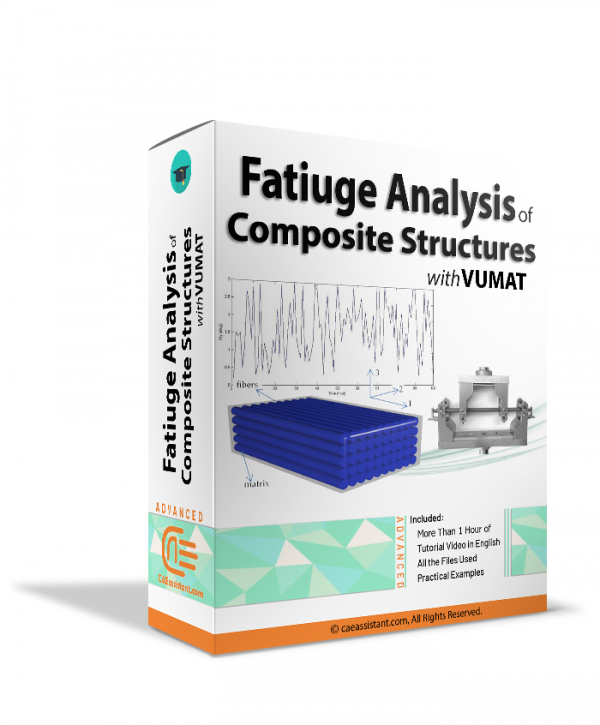
Noah –
If you are working with woven composites and need to estimate the fatigue life of your structures, this package is for you. The modified Hashin fatigue damage model used in this package can calculate strength and elastic properties reduction and fatigue life. The step-by-step guide on how to write the subroutine and implement it on a simple model is very helpful.
Karter –
I was impressed by the level of detail and practical applications covered in this training package. The flowchart of the subroutine and the step-by-step guide on how to write the subroutine line by line make it easy to modify the subroutine based on your project theory.